Drama
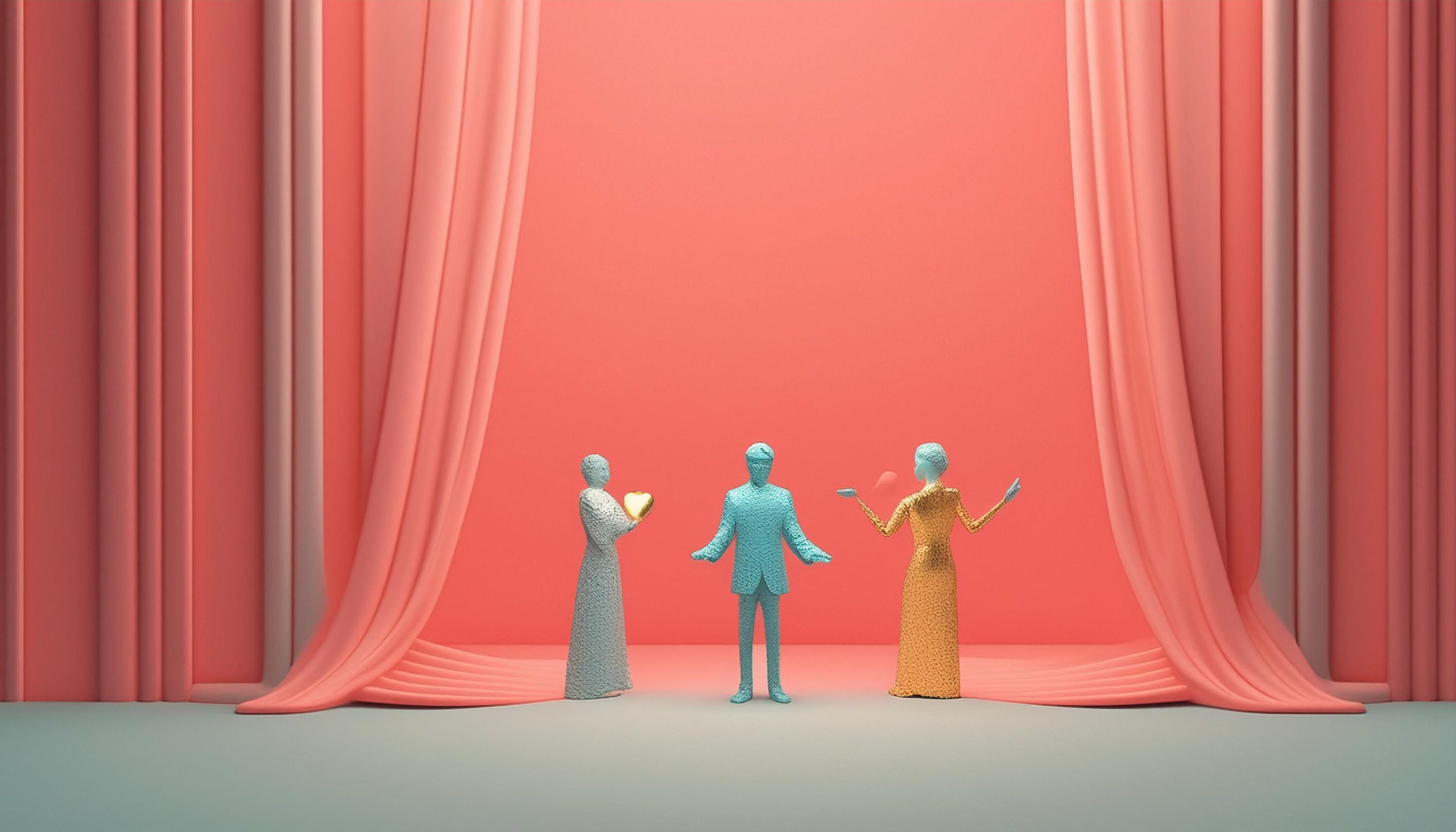
Overview
This course offers students the opportunity to perform both monologue and ensemble drama works and apply the skills and language of Theatre Studies. Students will be involved in Avila’s Creative Arts Spectacular via scripting and directing opportunities. This task will involve students developing and rehearsing the Junior Drama Club scene in the Creative Arts Spectacular.
Other tasks include a classic text monologue performance from works ranging from Austen to Shakespeare and a student-devised ensemble performance in the style of Epic Theatre.
All students in this course will see, analyse and evaluate a professional theatre performance.
Assessment
- Creative Arts Spectacular Task
- Shakespearean Monologue Performance
- Epic Theatre Ensemble Performance
- Theatre Analysis (classwork)
- Exam
Pathways
Music Performance
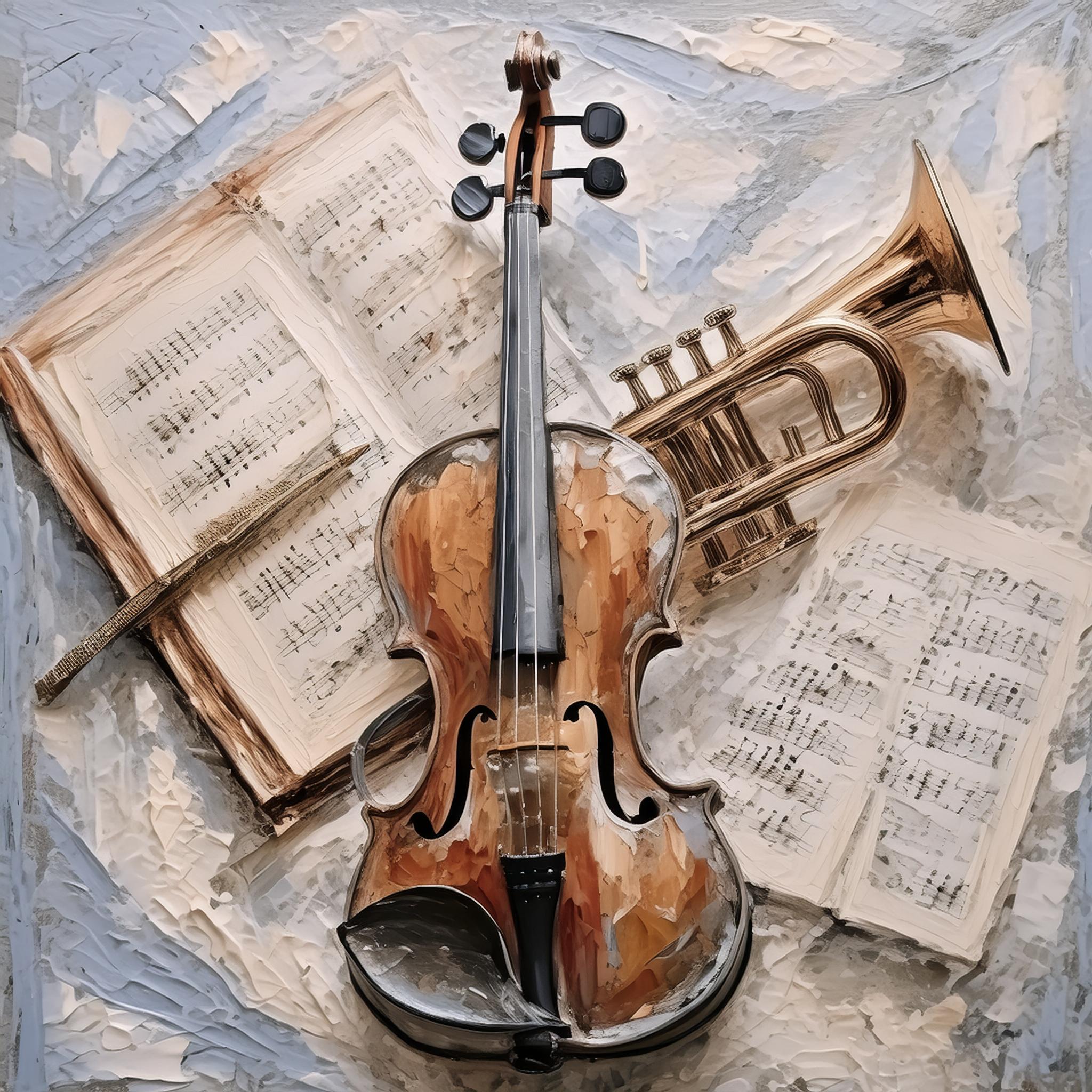
Overview
- Perform every week in class either as a soloist or in a duo, trio or quartet
- Record all performances for reflection and learning
- Perform a ten minute recital at the conclusion of the semester
- Perform a song/piece in a class ensemble at Music Festival
- Identify and understand symbols, patterns, concepts used in music
- Theory: rhythms, pitch, tonality, scales and chords
- Aural: rhythmic and melodic transcription
- Research the concept of ‘deliberate practice’ and do an experiment using the findings
- Investigate the history, mechanics/anatomy of your instrument or the singing voice
- Listen to and explore the elements of music in a variety of songs and pieces
- Compose a short work using rhythm and scales as the stimulus
Assessment
- Instrument or Singing investigation
Do a class presentation on the history, mechanics and acoustic properties of your instrument or the singing voice - Solo performance in recital. Assessment task.
- Aural, theory and analysis examination
Pathways
Performer, Conductor, Song Writer, Video Game Scorer, Film Sound Track Composer, App Music Creator, Mobile Phone Ring Tone Composer, Sound Designer, Freelance Song Writer, Jingle Writer (Radio, TV and Other Media), Music Producer, Lyricist, Composer, Band member, Session musician, Music Teacher, Music Supervisor
Music Song Writing
& Sound Design
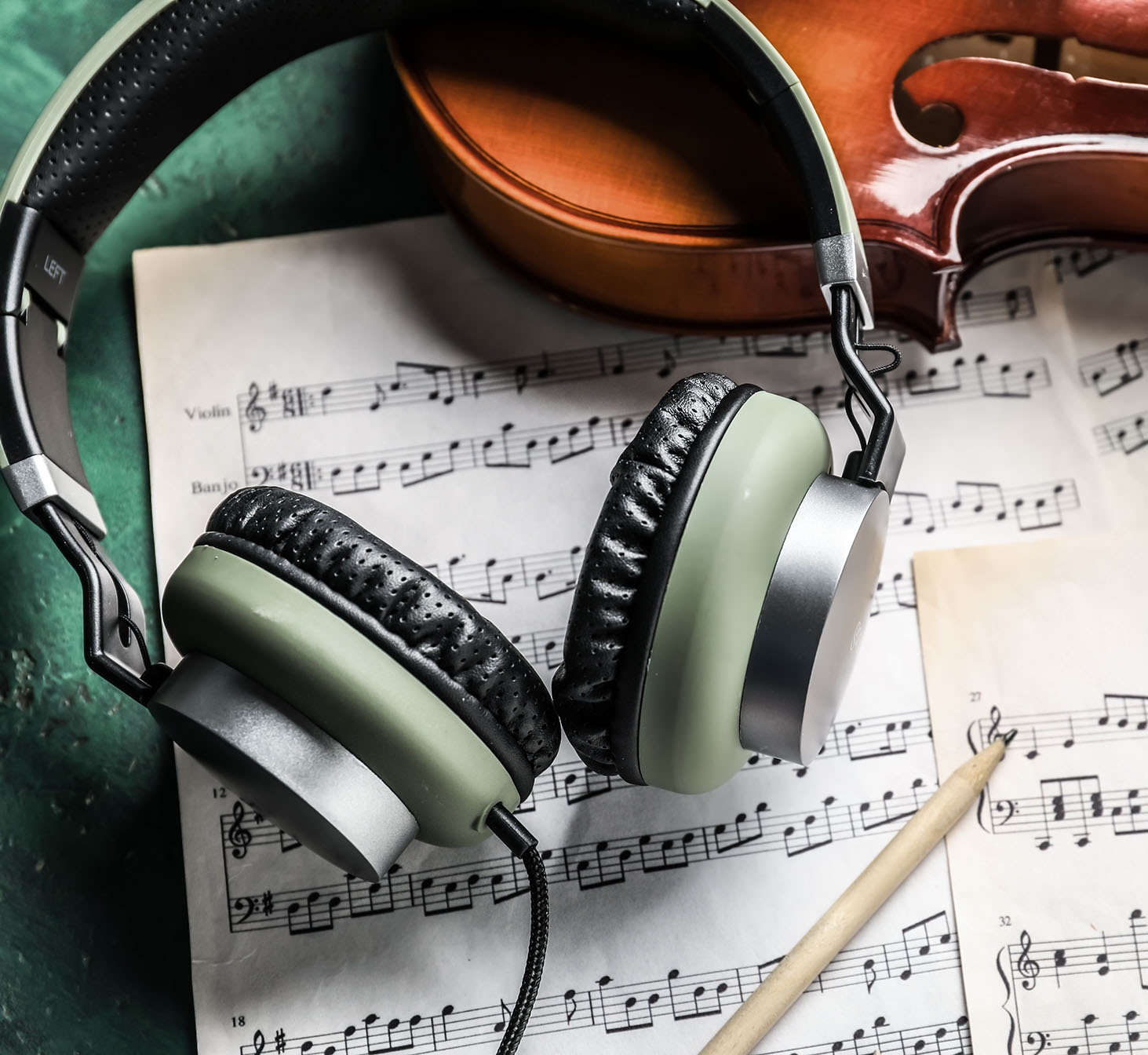
Overview
- Study the processes involved in writing lyrics and music for original songs
- Understand songwriting fundamentals including: lyric techniques of rhyme, metre & story and melodic & harmonic techniques of songwriting,
- Identify & describe devices of structure, modulation & common forms,
- Recognise songwriting techniques through critical listening
- Study the processes used to develop and create sound designs for film, television, games and animation.
- Identify the roles that dialogue, atmosphere, sound effects and music play in successful sound designs.
- Explore how sound is used to communicate emotive and narrative information.
- Understand how sound is used in collaborative multi sensory environments.
Pathways
- Performer Band member
- Singer
- Keyboardist
- Guitarist
- Session artist
- Freelance Songwriter
- Jingle Writer (Radio, TV and Other Media)
- Music Producer
- Lyricist Composer
- Music Supervisor
If you enjoy Music and are interested in exploring occupations and training visit the link below.
Year 10 Art Painting & Drawing
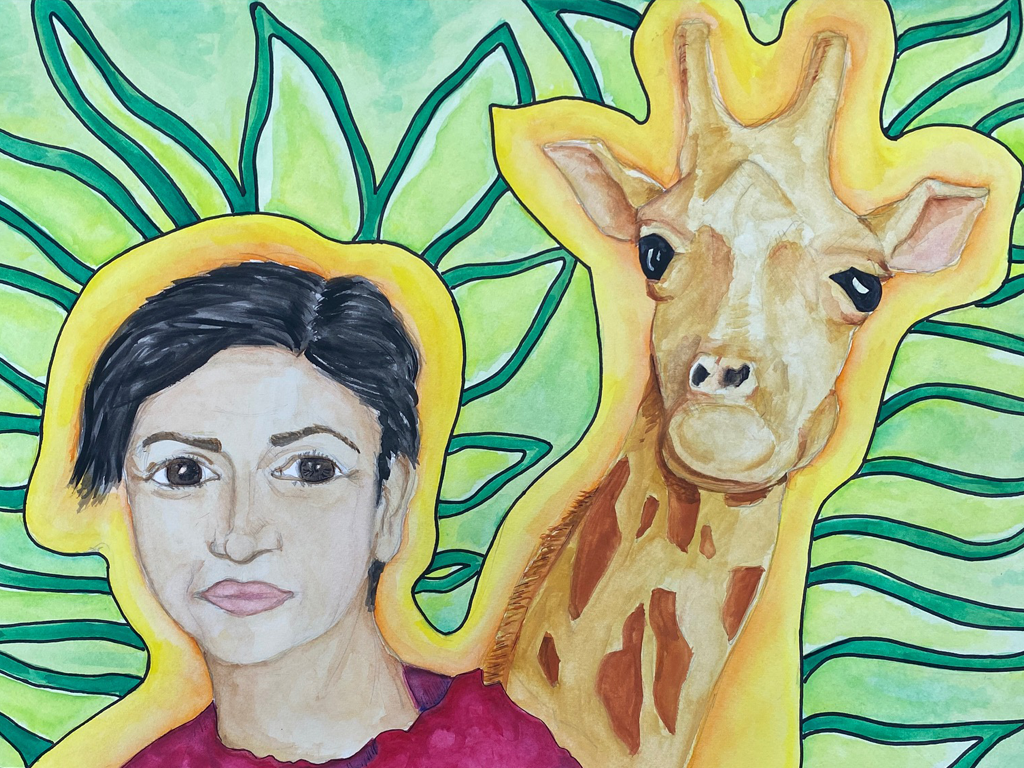
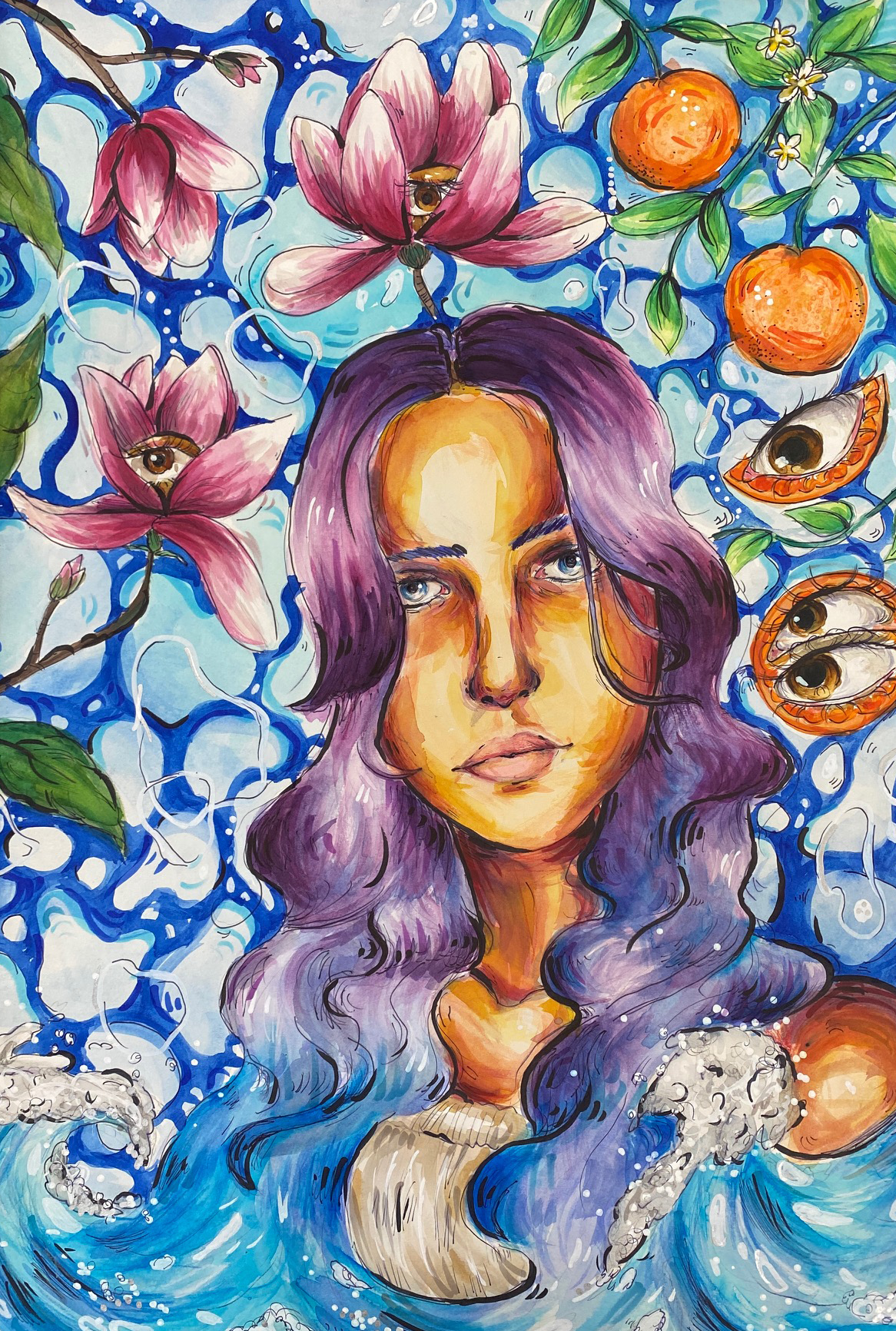
Overview
This semester unit encourages students to design and create original artworks devised from a range of stimuli. The elements and principles of art are considered in the production of two and three-dimensional works using a wide range of media selected for painting, drawing and sculpture topics.
The development of drawing skills is a focus in each unit, with a variety of techniques and materials explored throughout the studio process.
Students research and analyse a range of historical and contemporary art styles, presenting informed responses in written and visual formats.
Assessment
- A folio of artwork
- A record showing the development of ideas and evaluation of completed artwork
- Written and visual responses to selected artwork
- Examination
Pathways
Year 10 Art Photography
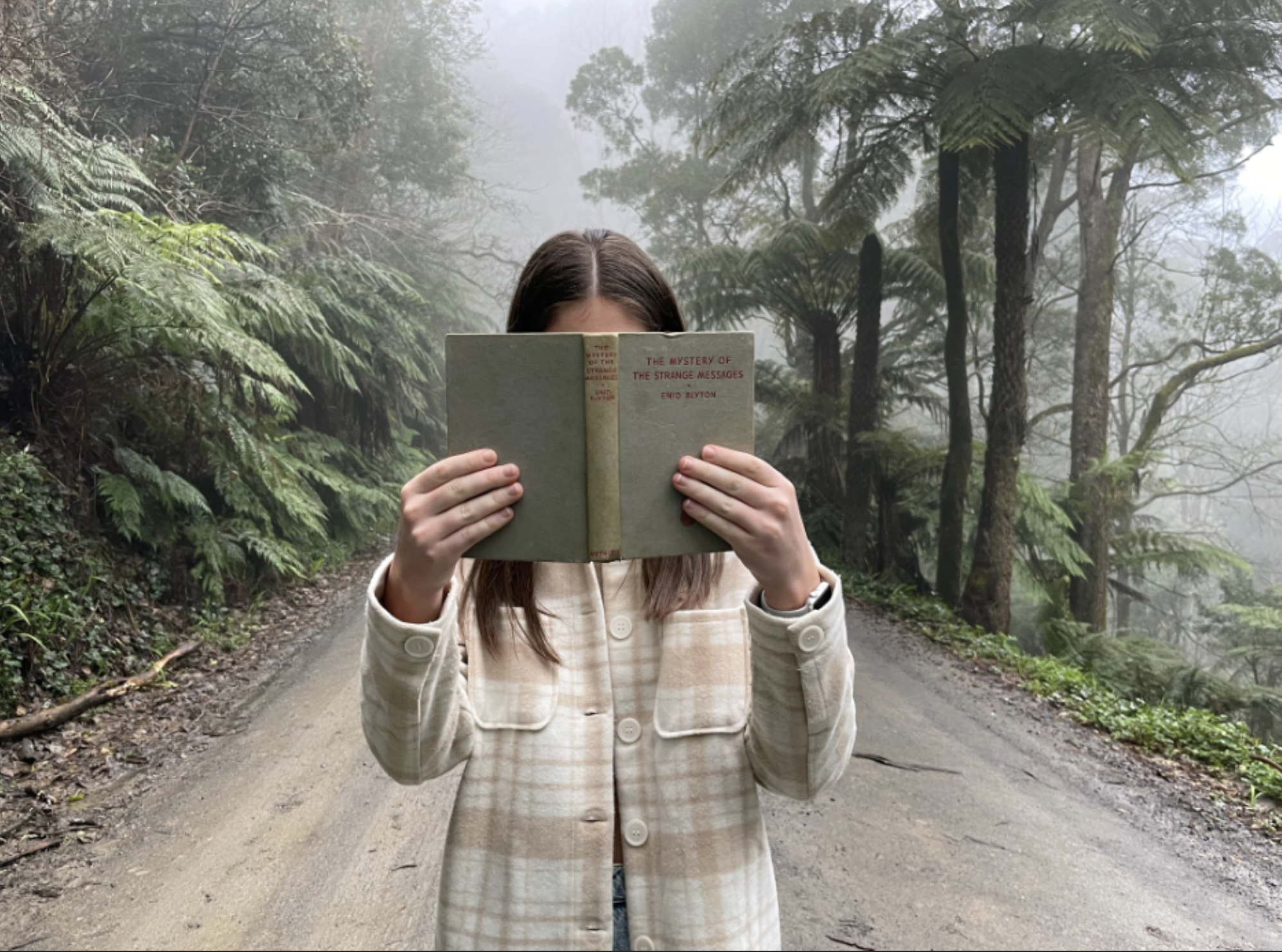
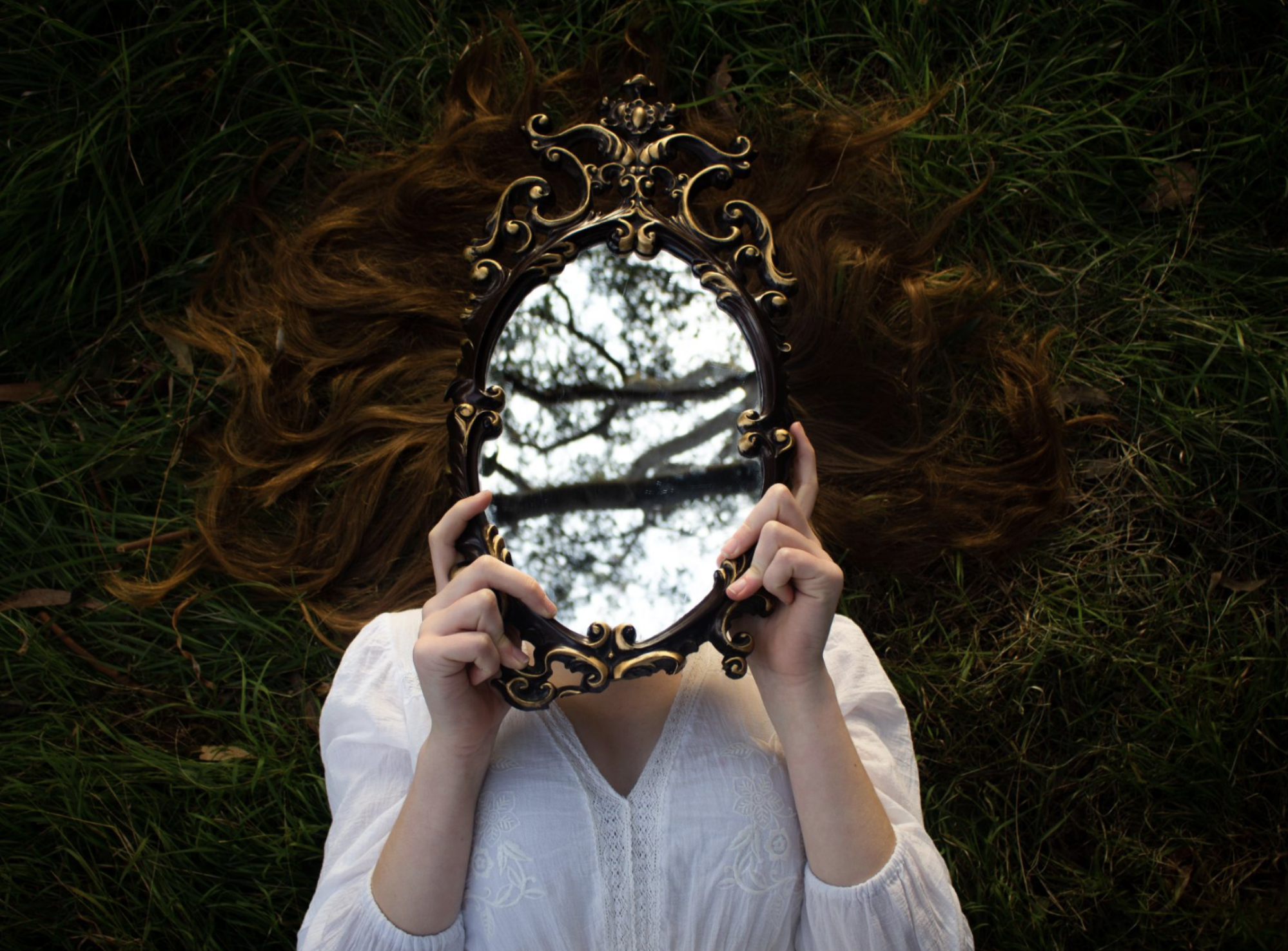
Overview
During this course, you will be introduced to the history of photography and develop your own digital photography folio. You will also study contemporary photographers and will be shown the correct procedures to use digital media, including digital single lens reflex cameras.
Computer software, Adobe PhotoShop will be used to edit, enhance or manipulate photographic images. Studio Arts is a subject that provides you with an opportunity to develop critical thinking skills, problem-solving strategies and explore different viewpoints.
Assessment
- Prepare a folio of final artistic photographs
- Maintain a folio that records and documents photographic media and processes
- Research historical and contemporary photographers and photographic styles
- Examination
Pathways
Visual Communication Design
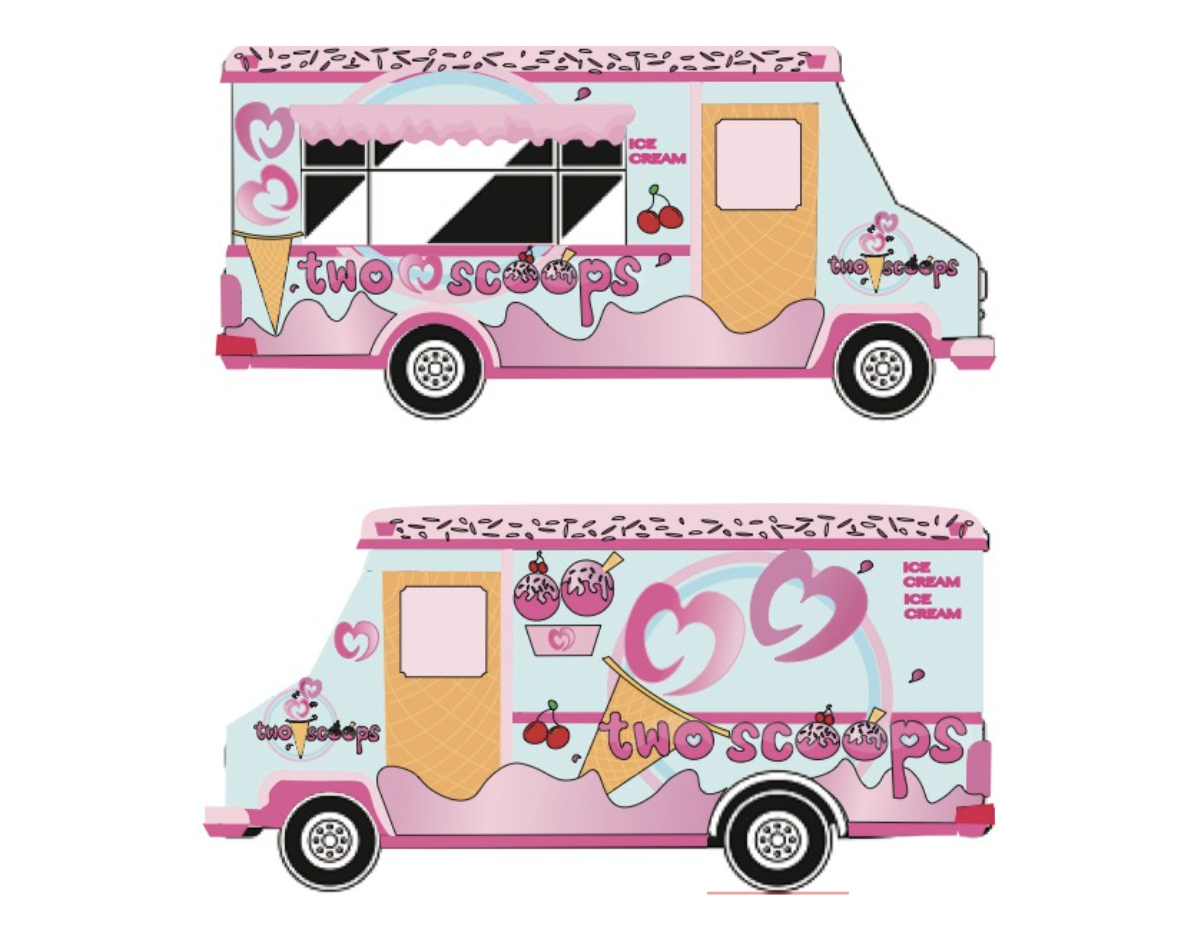
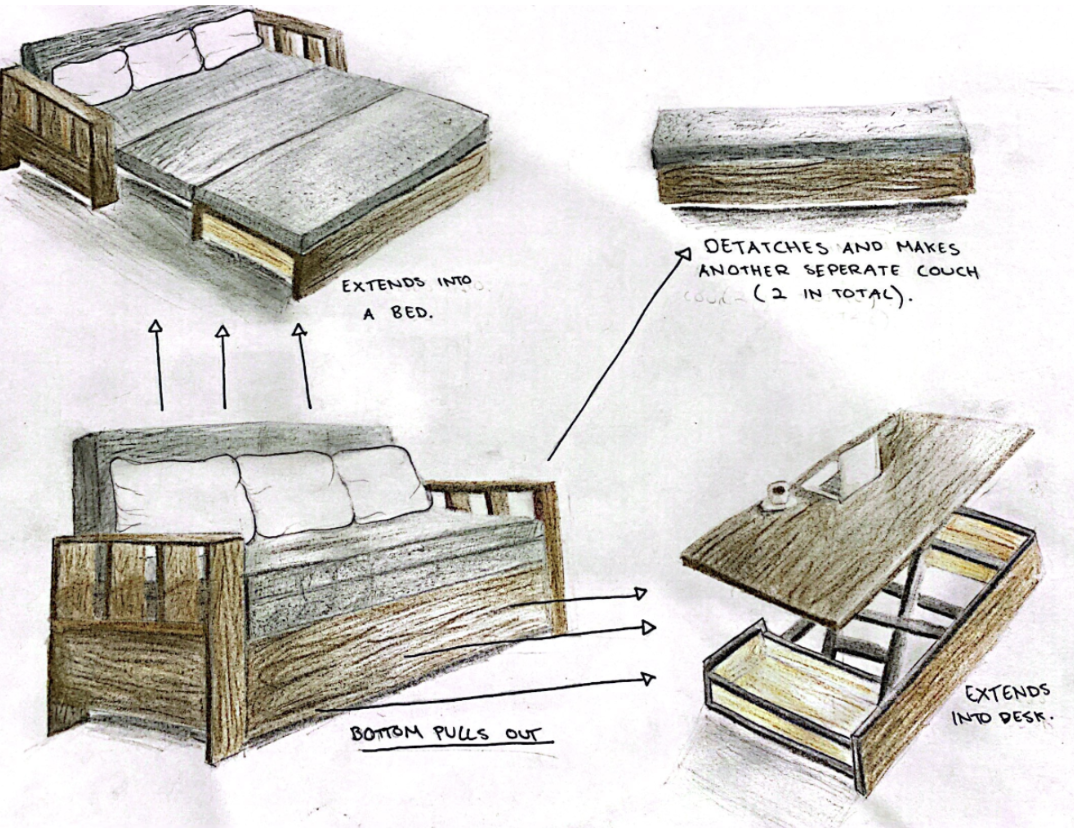
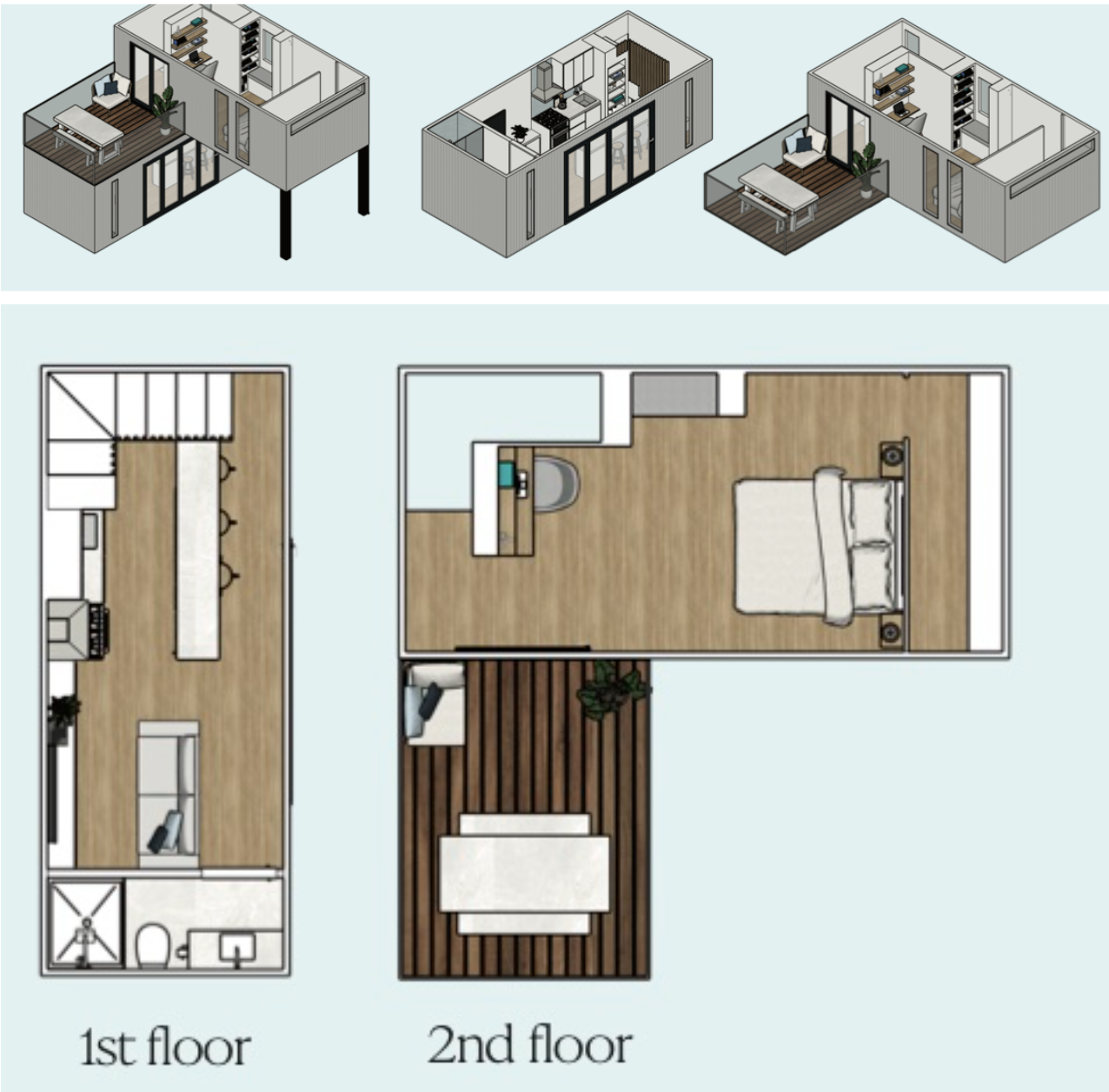
Overview
Visual Communication Design conveys ideas and information to an audience through visual language. This subject develops students’ conceptual and aesthetic understandings about design solutions in the world around them.
Students will develop technical drawing skills, digital design processes and develop critical and creative thinking.
Assessment
- Folio of drawings and printed computer graphics
- Visual and Written record of techniques and processes undertaken
- Verbal and Written analytical responses to design issues
- Examination

